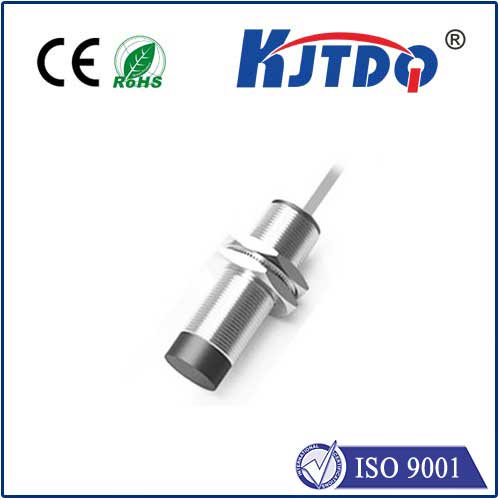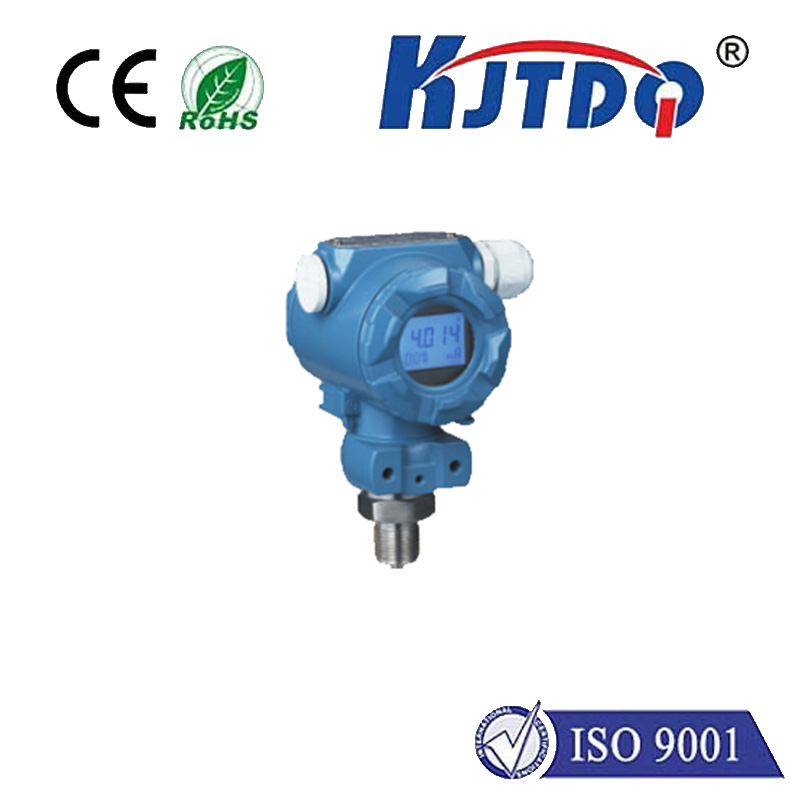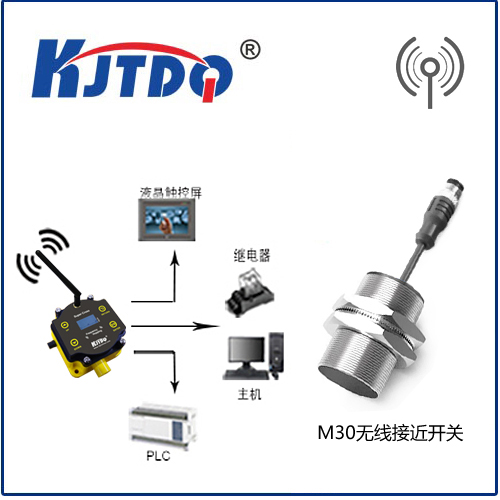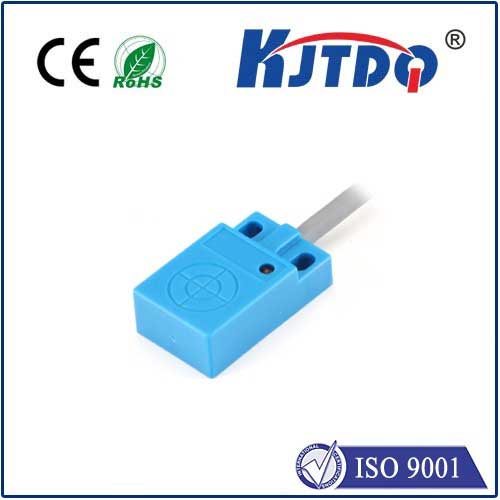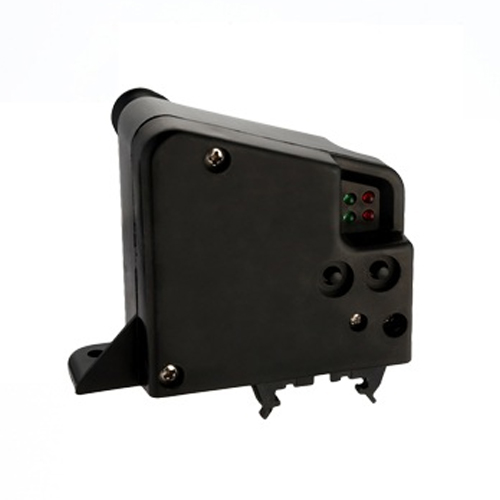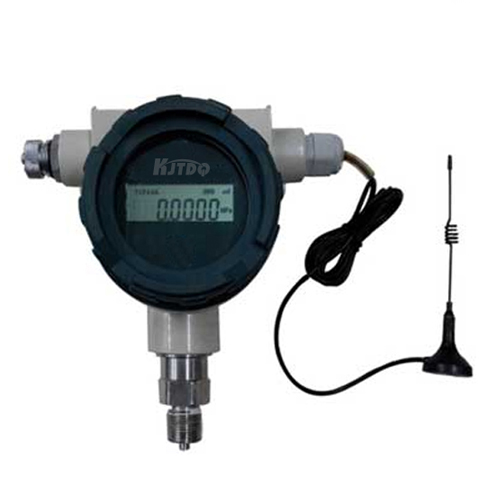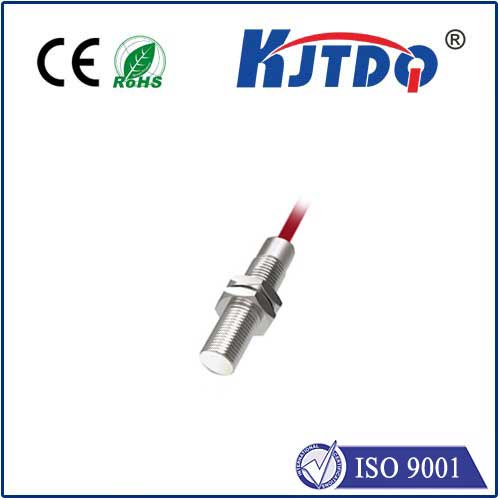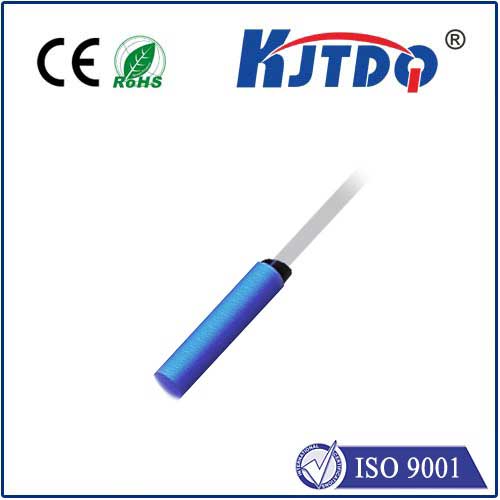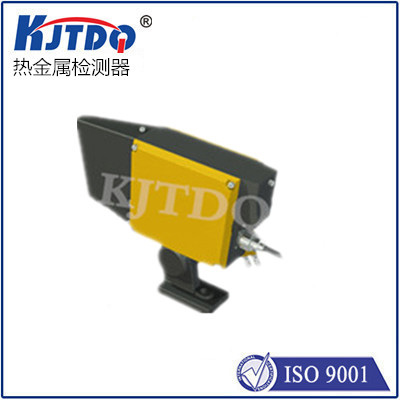

check

check

check

check

check

check

check

check

check

check
Title: The Role of Thermopile Laser Sensors in Modern Technology
Thermopile laser sensors have become an integral part of modern technology, providing accurate measurements and enhancing the performance of various systems. These sensors are designed to detect temperature differences using a thermopile, which is a series of connected thermocouples that generate a voltage output proportional to the temperature difference between two points. In this article, we will discuss the applications and benefits of thermopile laser sensors in various industries.

One of the most common applications of thermopile laser sensors is in the field of industrial automation. These sensors are used to monitor the temperature of machinery, equipment, and processes, ensuring optimal performance and preventing downtime due to overheating. For example, in manufacturing plants, thermopile laser sensors can be used to measure the temperature of molten metal during casting or extrusion processes. This information can then be used to adjust the process parameters accordingly, resulting in higher quality products and reduced waste.
Another area where thermopile laser sensors are widely used is in the medical industry. They play a crucial role in non-invasive body temperature measurement systems, such as ear thermometers and infrared thermometers. By accurately measuring the thermal radiation emitted by the human body, these devices provide quick and reliable readings that help healthcare professionals diagnose and treat various conditions. Additionally, thermopile laser sensors are also used in medical imaging technologies, such as thermal cameras for breast cancer screening.
In the automotive industry, thermopile laser sensors are essential for monitoring engine temperatures and ensuring proper cooling system function. They are also used in air conditioning systems to maintain comfortable cabin temperatures for passengers. By providing precise temperature measurements, these sensors help improve fuel efficiency and extend the lifespan of vehicle components.
The HVAC (Heating, Ventilation, and Air Conditioning) industry also relies heavily on thermopile laser sensors for controlling indoor climates. These sensors are used in smart thermostats that automatically adjust heating and cooling settings based on occupancy patterns and preferences. This not only enhances comfort but also reduces energy consumption and lowers utility bills.
In conclusion, thermopile laser sensors have revolutionized temperature measurement across various industries, from industrial automation and medical diagnostics to automotive engineering and HVAC control. Their ability to provide accurate and reliable temperature data has made them an essential component of modern technology, enabling improved efficiency, safety, and overall performance. As advancements continue in sensor technology, we can expect even more innovative applications of thermopile laser sensors in the future.
